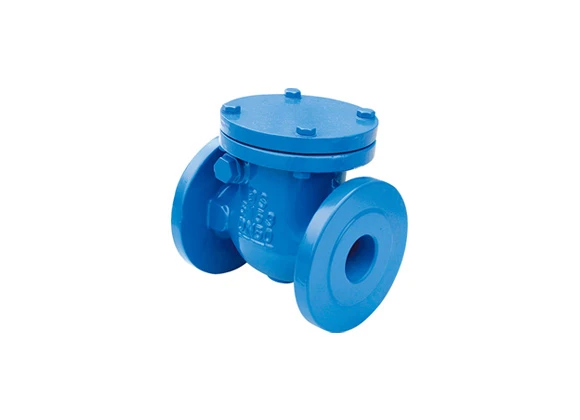Jan . 11, 2025 11:05
Diving into the realm of valve types reveals an extensive array of options essential for various industrial applications. Each type offers unique features and benefits, making it crucial to understand their functionalities and optimal use cases. As an expert in the field, the knowledge shared herein is derived from years of hands-on experience and continuous learning in fluid control systems.

One of the most ubiquitous valve types is the ball valve. Known for its robustness and reliability, a ball valve is ideal for shut-off applications. Its simple quarter-turn operation and minimal pressure drop make it a favorite in industries ranging from oil and gas to pharmaceuticals. The seated ball within the valve ensures an excellent seal, particularly beneficial in applications requiring tight shut-off.
Gate valves are another integral type, commanding respect for their efficient function in isolating applications. Characterized by a parallel or wedge-shaped gate, these valves excel in minimizing flow resistance, thus conserving energy in large pipeline systems. They are best suited for applications where the valve remains either fully open or fully closed, as intermediate control can lead to gate erosion.

Butterfly valves, distinct with their circular disc and rotational movement, are celebrated for their compact design and ease of installation. They are instrumental in applications requiring flow regulation and are particularly advantageous in large diameter pipelines. Their quick response time and lightweight nature present compelling advantages in industries such as water treatment and HVAC.
For precision control, globe valves are a top choice, designed specifically for throttling applications. Their spherical body allows for superior flow rate precision, crucial in processes requiring meticulous flow adjustments. The internal baffle makes them slightly more resistant to fluid flow but enhances their ability to modulate fluid, making them indispensable in chemical and power plant settings.
valves types
Diaphragm valves offer unique benefits with their non-contaminating and leak-proof design. The utilization of a flexible diaphragm makes these valves ideal for applications where sterile conditions are paramount, such as in pharmaceuticals and food processing. Their simple mechanism ensures minimal maintenance, enhancing efficiency in strict hygiene environments.
Check valves play a critical role in preventing backflow, thus safeguarding pumps and compressors. The automatic operation, relying on the flow characteristics of the process, makes these valves a reliable choice for liquid and gas applications, especially in water and sewage systems.
In specialized environments, we encounter plug valves, particularly suited for oilfield applications. Their simple yet effective design ensures full flow capacity, making them excellent for high-pressure applications.
Understanding these valve types is further refined by considering materials and industry standards, which play a pivotal role in their selection. Choosing the right valve type not only increases the efficiency of the system but also prolongs the lifespan of the equipment, proving an invaluable investment in any industrial setting.
The insights shared above are rooted in an authoritative understanding of the industry, making them a trustworthy guide for both seasoned engineers and those new to the field. This expertise paves the way for more informed decisions, aligning with industry standards and enhancing system performance.


 Call us on:
+86-311-86935302
+86-311-86935302
Call us on:
+86-311-86935302
+86-311-86935302
 Email Us:
info@thriveonvalve.com
Email Us:
info@thriveonvalve.com South of Huanmadian Village Town, Ningjin County, Xingtai, Hebei Province, China
South of Huanmadian Village Town, Ningjin County, Xingtai, Hebei Province, China